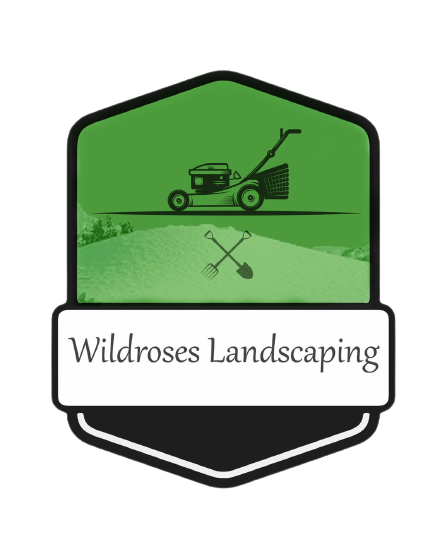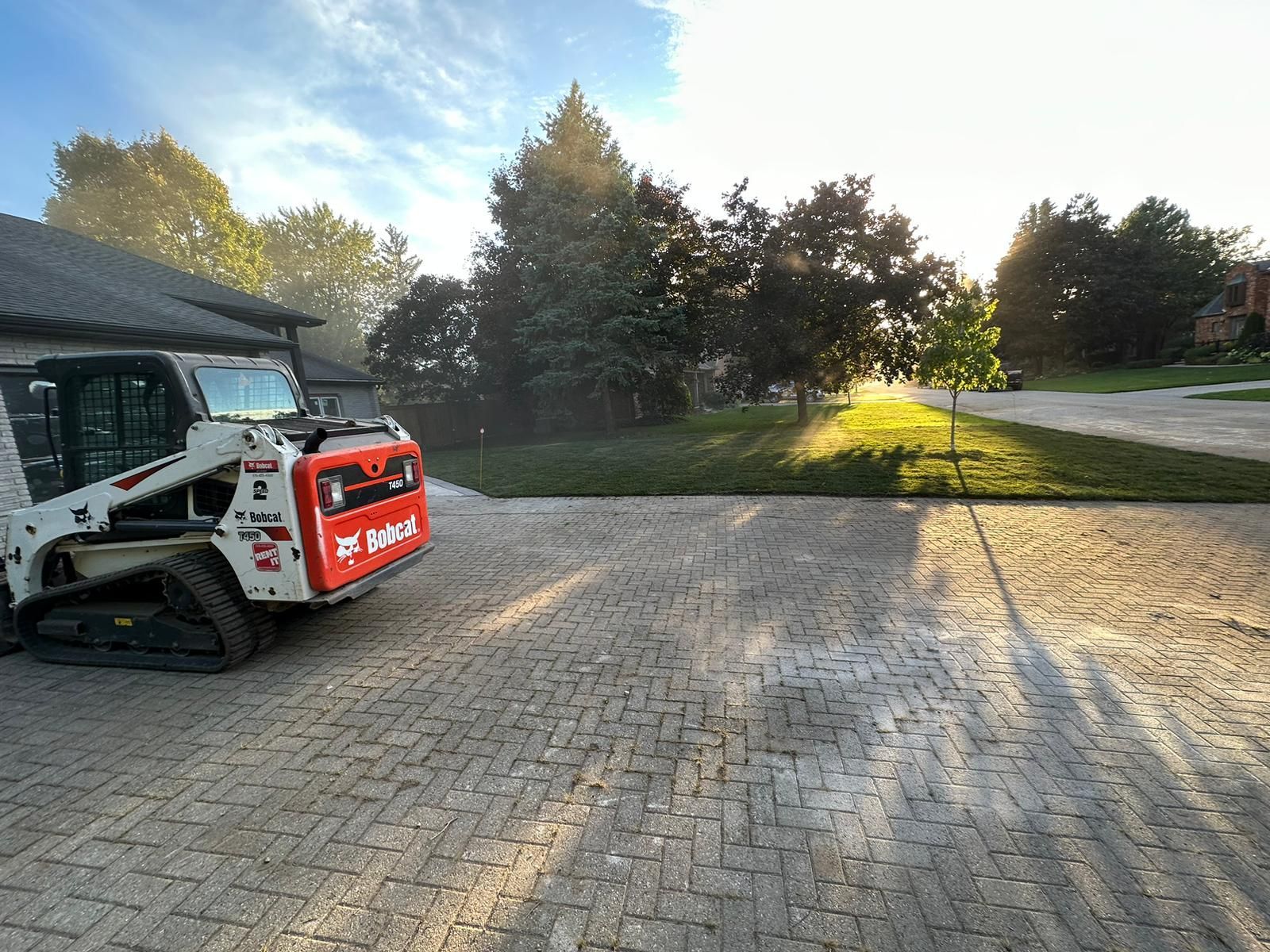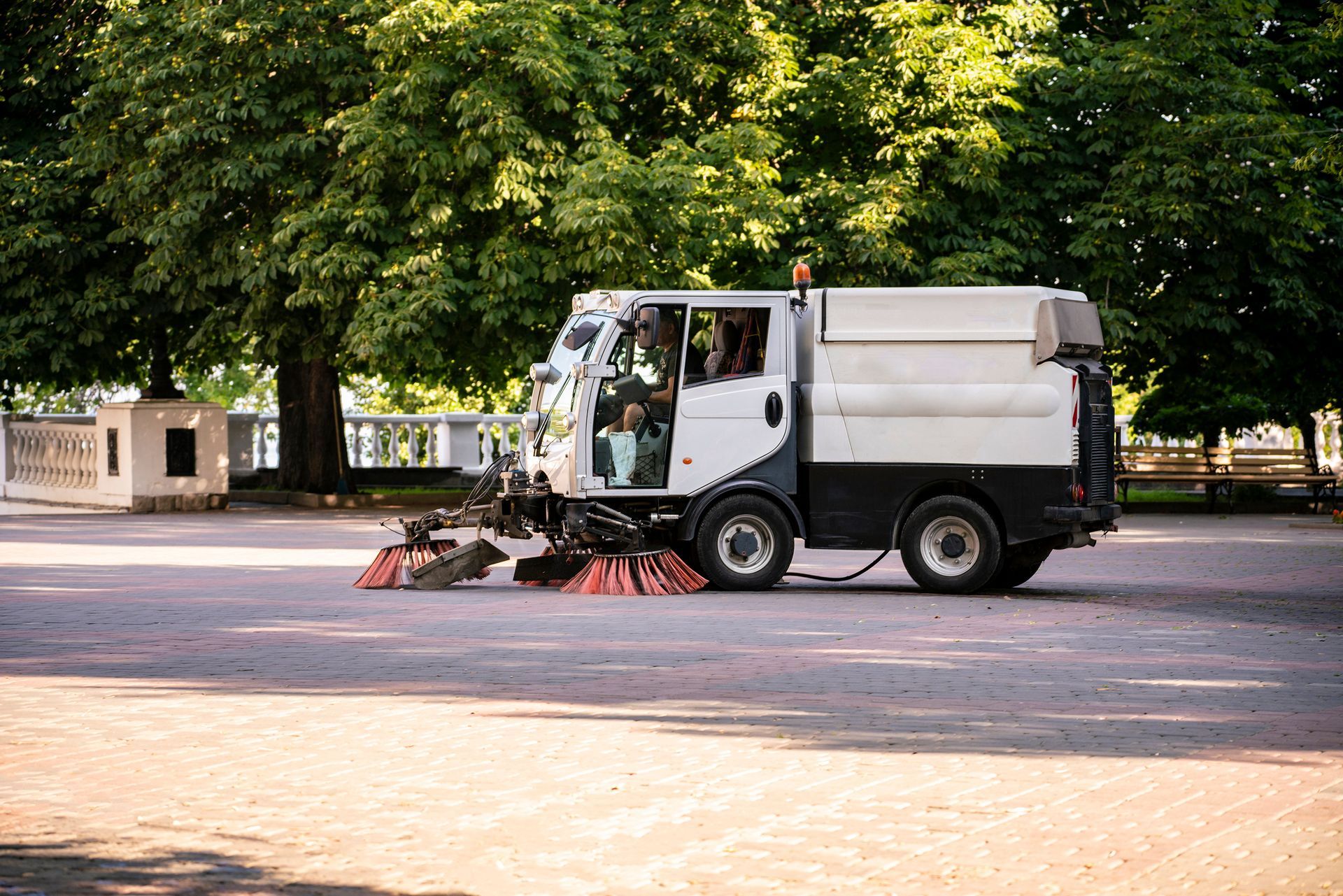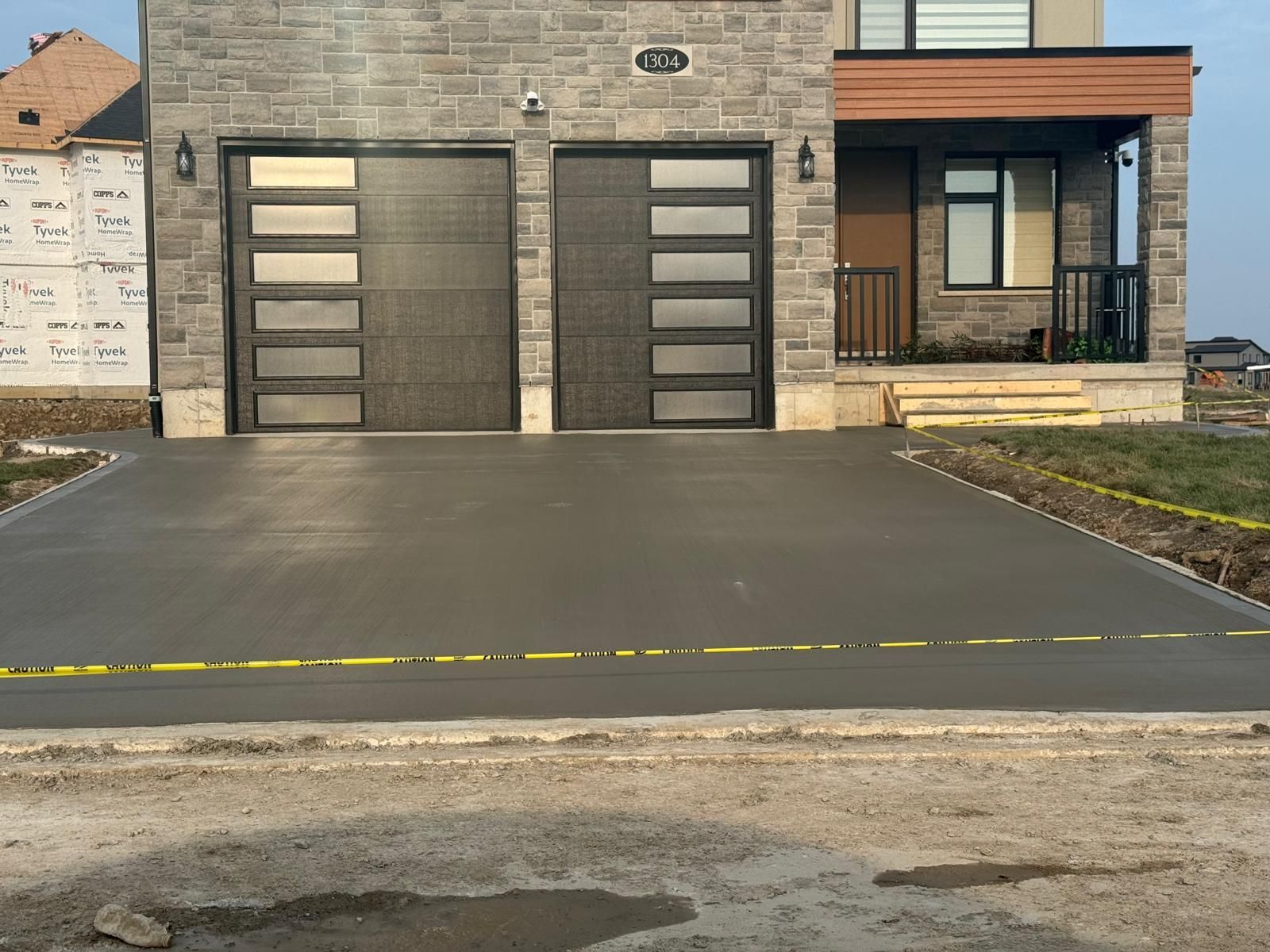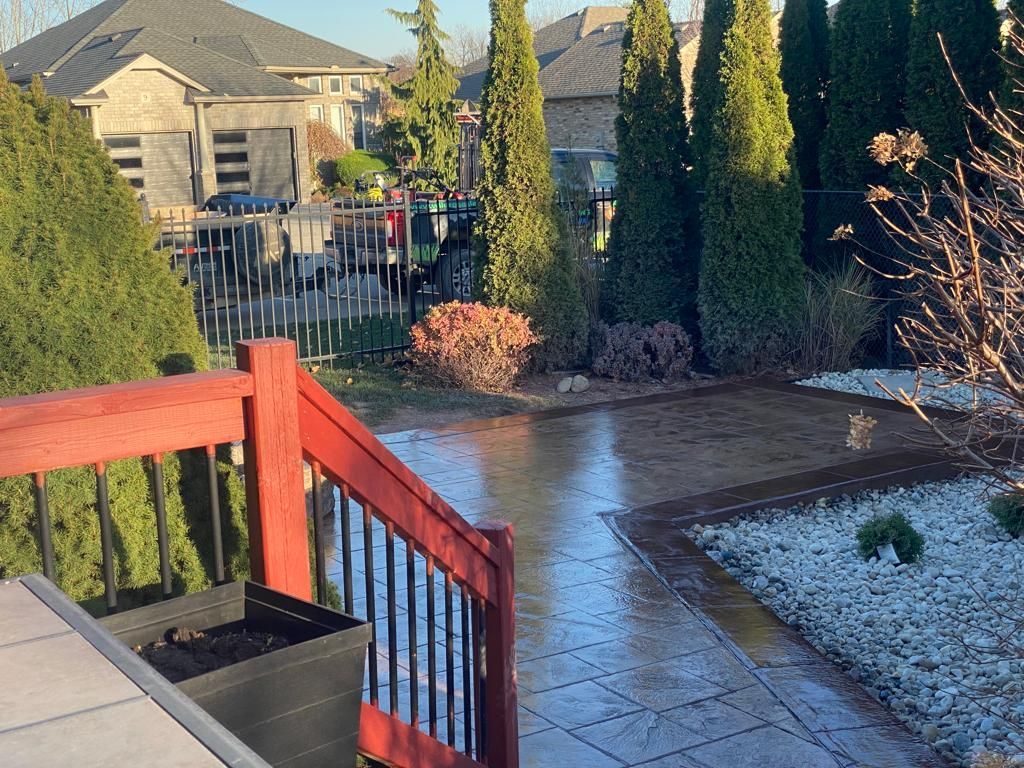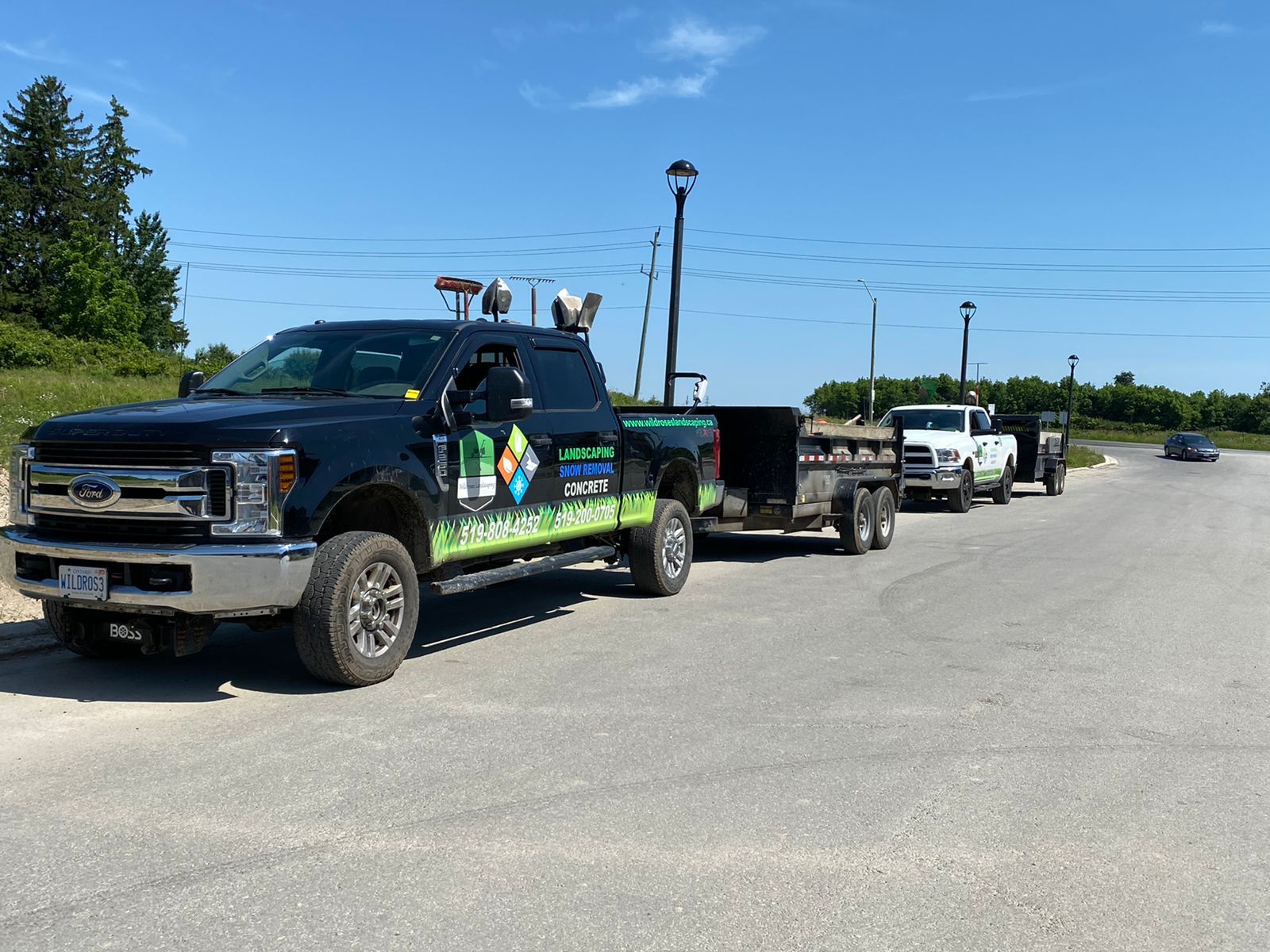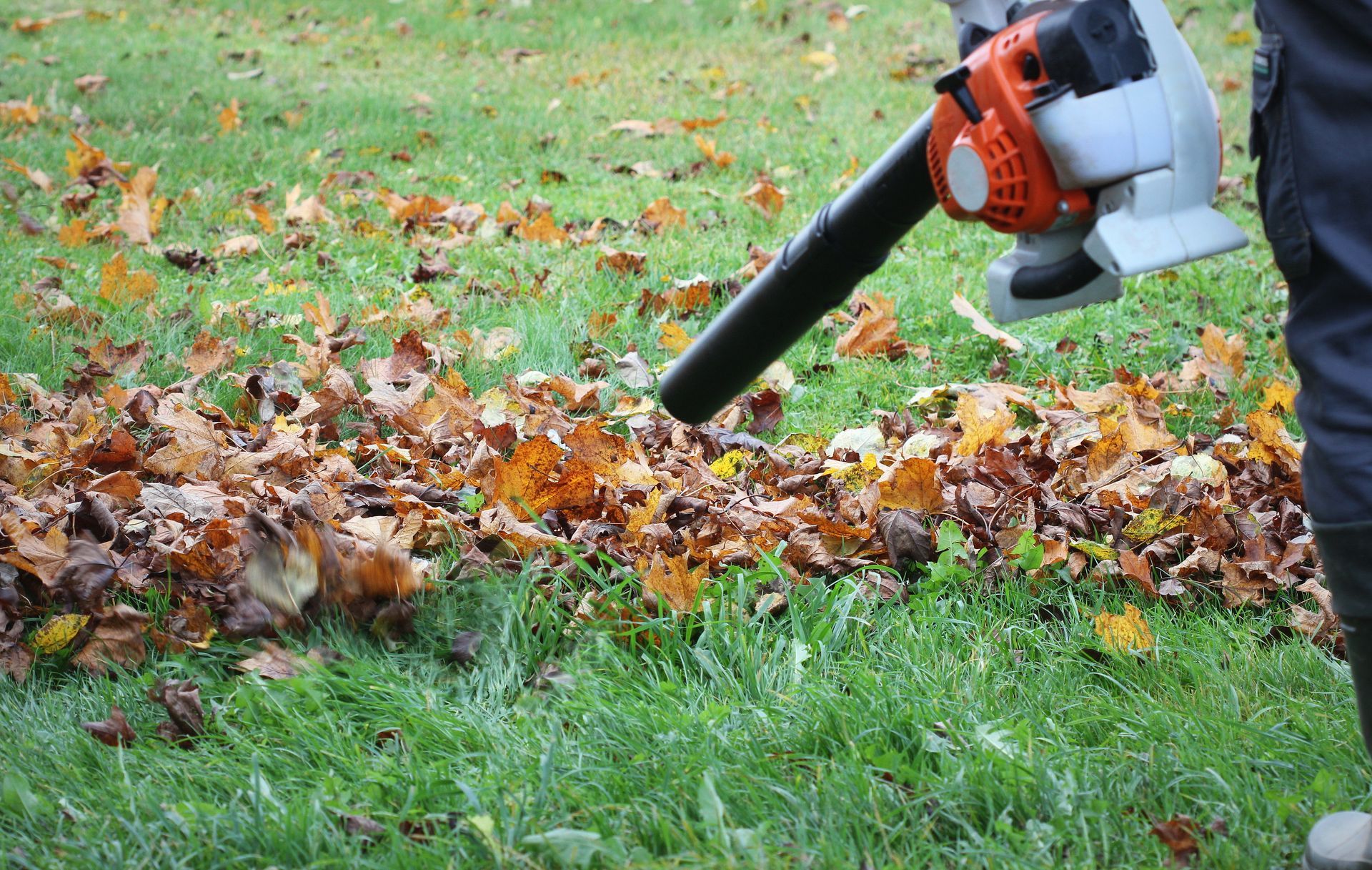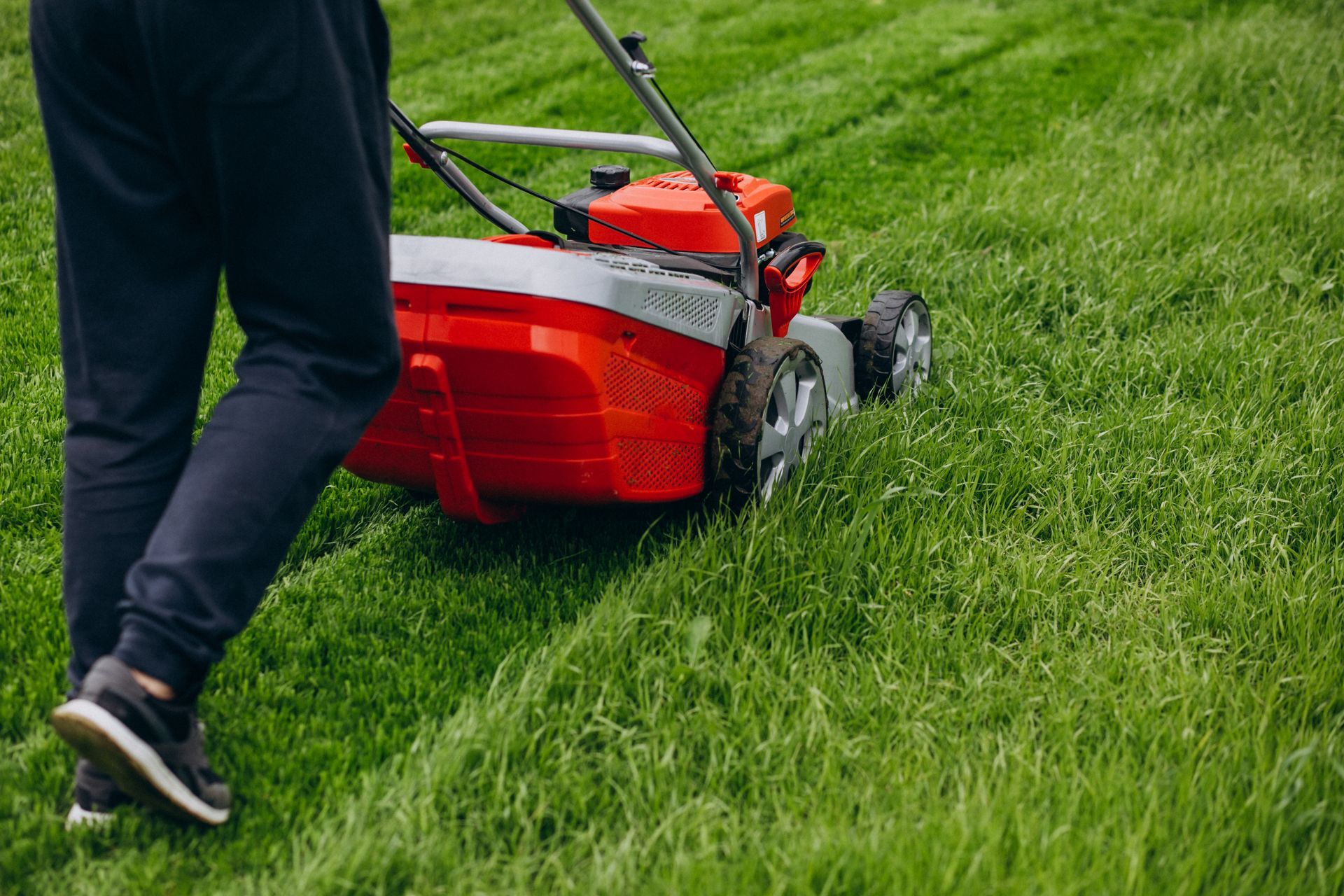Choosing Between Sod and Seed: What’s Best for Your Commercial Landscape?
First impressions matter, especially for commercial and institutional properties in London and the surrounding area. A vibrant, professionally maintained lawn creates a welcoming environment for customers, clients, and employees, while also signaling care and attention to the public. When it’s time to establish or renew a lawn for your commercial landscape, you will likely face a common decision: is it better to choose sod or seed? At Wildroses Landscaping, we help businesses of all sizes make informed choices that fit their timelines, budgets, and long-term goals.
Understanding Sod: Instant Results with Immediate Impact
Sod, or turf grass, is pre-grown grass sold in rolls that can be installed for an instant lawn solution.
Key advantages of choosing sod for your property include:
- Immediate curb appeal—visitors see a complete, green space right away.
- Reduced soil erosion, especially important on slopes or high-traffic areas.
- Speed: Sod establishes quickly, so your landscape is ready for use in days, not weeks.
- Effective weed barrier thanks to the density of mature grass.
Best for:
- Businesses that need a finished, polished look immediately (such as retail, hospitality, or municipal grounds).
- Areas where soil stability or dust control is a high priority.
Important considerations:
- Sod installation costs more upfront than seeding.
- Summer installation can be challenging due to watering needs.
The Seeding Option: Flexibility and Cost Savings
Seeding remains a popular alternative for many commercial landscapes, particularly where larger areas must be covered or a specific grass blend is desired.
Key benefits of using grass seed include:
- Lower initial investment compared to sod installation.
- Greater flexibility to match grass species with local soil or sun/shade conditions.
- Opportunity to overseed for a denser, hardier turf.
- Fewer restrictions on installation times throughout the growing season (spring and fall are ideal).
Best for:
- Large commercial properties where budget is a primary concern.
- Projects allowing for longer establishment times before heavy use.
Important considerations:
- Lawns grown from seed take longer to fill in, sometimes several months.
- New seedlings are more prone to weeds until fully established.
Factors to Consider: What’s Right for Your Commercial Property?
Every commercial landscape in London, Ontario is unique. When weighing the decision between sod or seed, keep the following in mind:
- Usage timelines and deadlines for a finished look
- Type and frequency of foot traffic
- Watering capabilities and maintenance resources
- Soil preparation and sunlight exposure
- Long-term budget and ongoing care plans
Consulting with landscaping professionals can make the decision clearer and ensure that issues like species selection and site preparation are expertly managed.
The Wildroses Landscaping Approach: Expertise at Every Step
From office parks to retail plazas, Wildroses Landscaping handles all aspects of commercial lawn installation:
- Detailed site assessment and soil preparation
- Recommendations for the best sod or seed type for your property’s conditions
- Professional installation for even growth and seamless results
- Ongoing care programs to ensure lasting beauty and health
Grow Smarter with Professional Guidance
Whether you choose sod for speed or seed for flexibility and savings, both options can yield lush, lasting results when installed and maintained properly. Rely on local experts who understand the Ontario climate and the demands of business landscapes.
Ready to Achieve a Stand-Out Commercial Lawn?
Let Wildroses Landscaping be your partner in creating and maintaining healthy, beautiful commercial grounds. Contact us for a consultation, and we’ll help you decide whether sod or seed is the right solution to elevate your property’s appearance, value, and usability. Serve your business—and your customers—better with professional support tailored to your needs.
